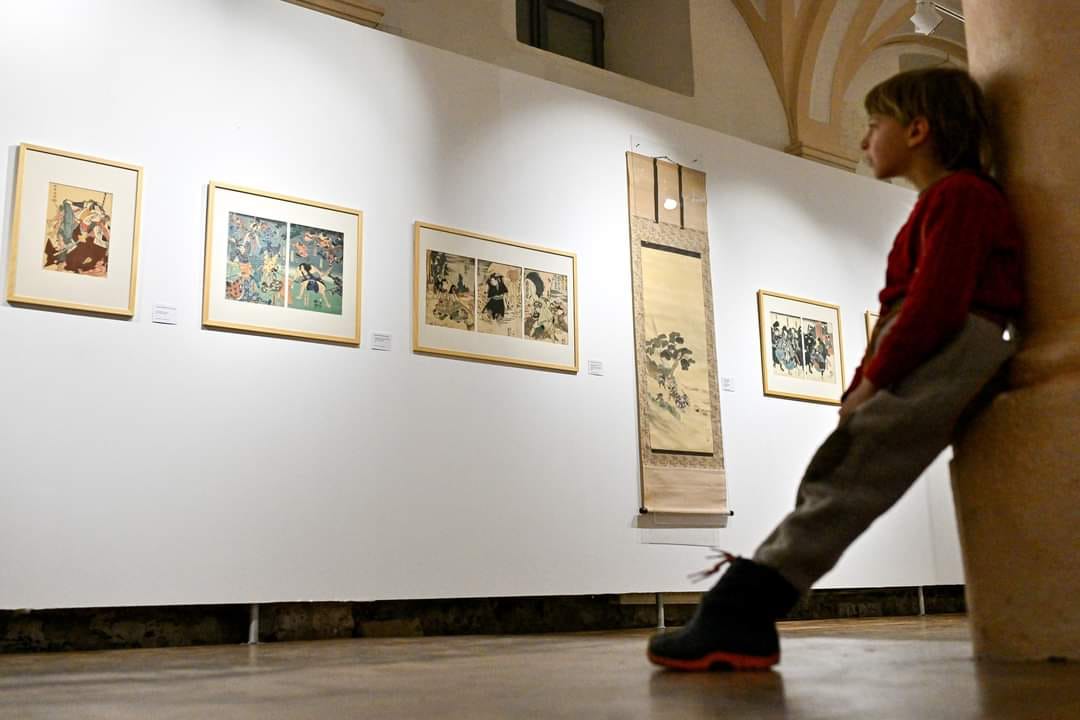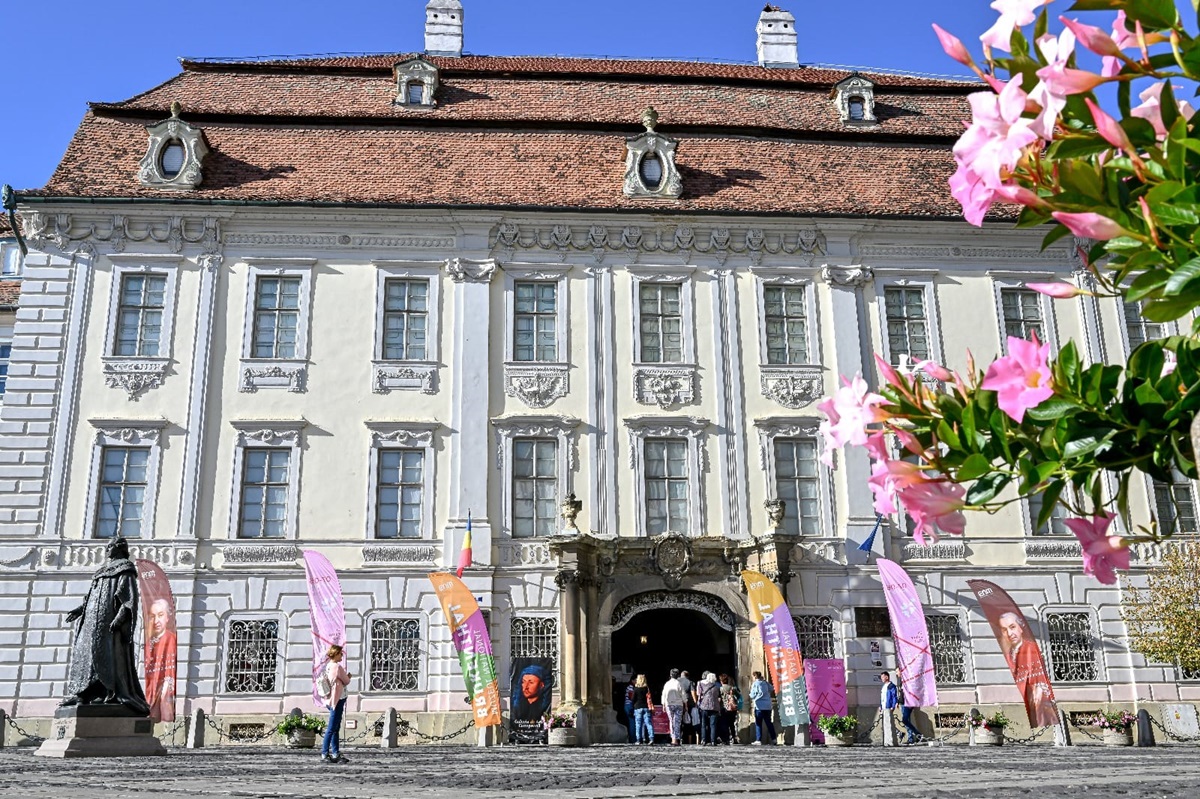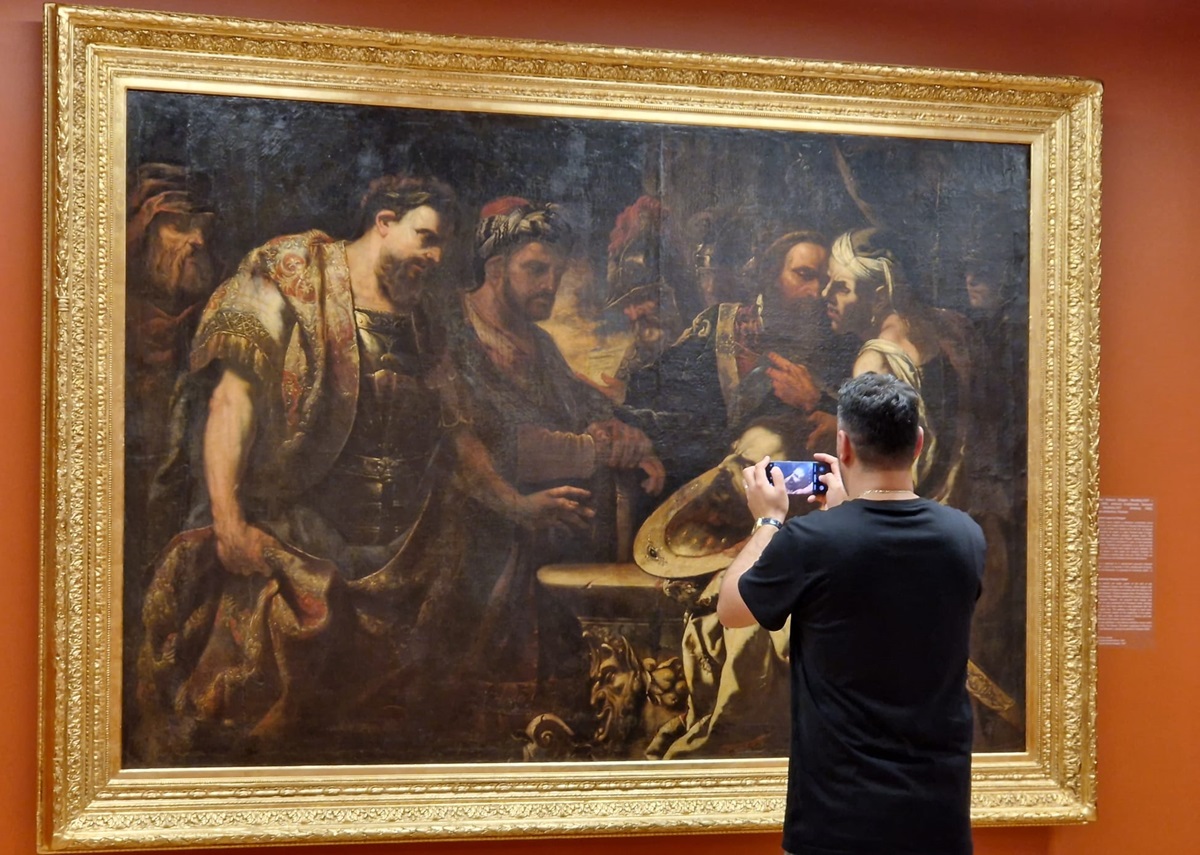Romania is a country rich in history, culture, and artistic heritage, and its museums are a testament to this vibrant legacy. From grand national institutions to specialized regional collections, Romanian museums offer a wealth of educational opportunities for visitors of all ages. Whether you're a student, a teacher, or simply an inquisitive traveler, exploring these cultural gems can provide a deeper understanding of Romania's past and present.
The Importance of Educational ToursEducational tours in Romanian museums play a crucial role in fostering a deeper appreciation for the country's history, art, and traditions. They can also provide the academic knowledge students need. Many of them struggle with theoretical concepts to the point where they hire MYPaperWriter and ask its experts for help. Practical guided experiences, on the other hand, allow them to engage with the exhibits and artifacts in a meaningful way, learning from knowledgeable guides and participating in interactive activities.

By immersing themselves in the stories and narratives presented, visitors can gain a more profound understanding of Romania's cultural heritage and its significance in a global context.
Top Romanian Museums to VisitHere are the best museums for students and other curious people to visit in Romania.
- National Museum of Art of Romania. Located in the heart of Bucharest, the National Museum of Art of Romania is a must-visit destination for art enthusiasts. This impressive institution houses an extensive collection of Romanian and international art, spanning from medieval icons to contemporary masterpieces. Educational tours here provide a comprehensive overview of the country's artistic legacy, allowing visitors to explore the evolution of Romanian painting, sculpture, and decorative arts.
- National Museum of Romanian History. Situated in Bucharest, the National Museum of Romanian History is a treasure trove of artifacts and exhibits that chronicle the nation's rich past. From ancient Dacian and Roman relics to medieval manuscripts and royal regalia, this museum offers a captivating look at Romania's history. Educational tours here can delve into the country's pivotal moments, such as the rise and fall of empires, the struggle for independence, and the cultural influences that have shaped the Romanian identity.
- Village Museum. The Village Museum in Bucharest is a unique open-air museum that showcases the traditional architecture and way of life of rural Romania. Visitors can explore authentic peasant homes, mills, and churches, gaining insights into the country's agricultural heritage and the daily lives of its people. Educational tours in this museum provide a hands-on experience, allowing visitors to participate in traditional crafts, sample local cuisine, and immerse themselves in the vibrant folk culture of Romania.
- Brukenthal National Museum. Housed in the magnificent Brukenthal Palace in Sibiu, the Brukenthal National Museum is a testament to the cultural and artistic achievements of Transylvania. This museum boasts an impressive collection of European art, including works by renowned masters such as Rubens, Rembrandt, and Velázquez. Educational tours here offer a deep dive into the region's artistic legacy, as well as its connections to the broader European artistic movements.
- ASTRA National Museum Complex. The ASTRA National Museum Complex in Sibiu is a sprawling outdoor museum that showcases the traditional architecture, crafts, and way of life of rural Romania. Visitors can wander through a recreated village, explore historical buildings, and participate in hands-on demonstrations of traditional skills. Educational tours in this museum provide a unique opportunity to learn about the country's rich folk heritage and the enduring traditions that have shaped the Romanian identity.

Romanian museums are known for their engaging and interactive educational exhibits and activities. Visitors can expect to find a range of experiences, such as:
- Guided tours led by knowledgeable docents
- Workshops and demonstrations of traditional crafts
- Interactive displays and multimedia installations
- Opportunities to handle and examine artifacts
- Educational programs for children and families
- Lectures and talks by subject matter experts
These activities and exhibits are designed to foster a deeper understanding and appreciation of the museum's collections, as well as to inspire visitors to continue exploring Romania's cultural heritage.
Benefits of Educational Tours in Romanian MuseumsParticipating in educational tours at Romanian museums offers a host of benefits for visitors, including:
- Gaining in-depth knowledge and context about the exhibits and artifacts
- Developing a greater appreciation for the country's history, art, and traditions
- Engaging in hands-on, interactive learning experiences
- Connecting with the local culture and traditions in a meaningful way
- Sparking curiosity and inspiring further exploration of Romania
- Supporting the preservation and promotion of the country's cultural heritage
By immersing themselves in these educational experiences, visitors can emerge with a richer understanding of Romania and a renewed enthusiasm for its remarkable cultural legacy.
Planning an Educational Tour to Romanian MuseumsConsider these tips when planning your tour.
- Choosing the Right Museum(s) to Visit. When planning an educational tour to Romanian museums, it's essential to carefully consider the specific interests and learning objectives of your group. Depending on your focus, you may want to prioritize visiting museums that specialize in art, history, ethnography, or a combination of these. Research the collections and educational programs offered by each institution to ensure that they align with your educational goals.
- Booking Accommodations and Transportation. Arranging accommodations and transportation for your educational tour can be a crucial aspect of the planning process. Consider the geographic locations of the museums you wish to visit and choose lodging options that are conveniently situated. Additionally, research the best modes of transportation, such as public transit, private buses, or rental cars, to ensure a seamless and efficient journey.
- Creating an Itinerary. Crafting a well-organized itinerary is key to maximizing the educational value of your museum tour. Allocate sufficient time at each institution to allow for in-depth exploration and participation in the educational activities. Additionally, factor in time for breaks, meals, and any additional cultural or historical sites you may wish to visit in the surrounding areas.
Educational tours in Romanian museums offer an unparalleled opportunity to immerse oneself in the country's cultural and historical legacy. By engaging with the exhibits, participating in hands-on activities, and learning from knowledgeable guides, visitors can develop a deeper appreciation for the unique stories and traditions that have shaped Romania over the centuries.



